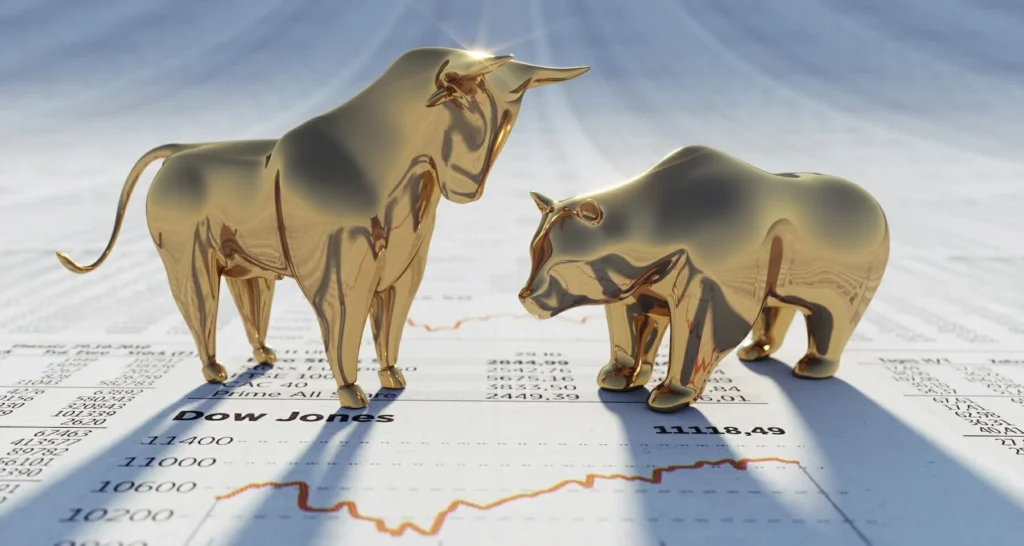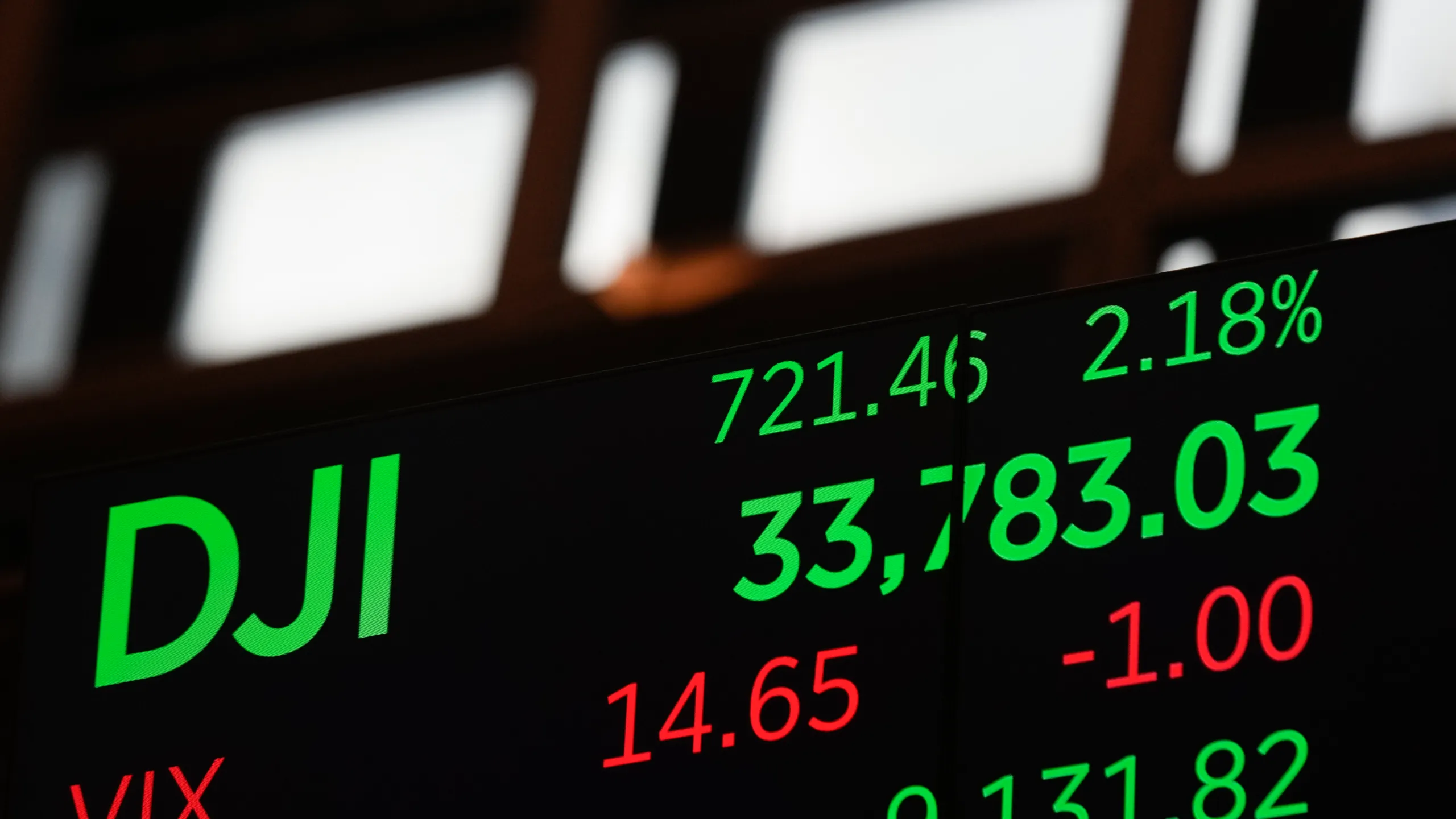The Dow Jones Industrial Average (DJIA), often shortened to just “the Dow,” is a widely-recognized stock market index in the United States. It tracks the performance of 30 large, publicly traded companies listed on major stock exchanges like the New York Stock Exchange (NYSE) and the Nasdaq.
Established in 1896 by Charles Dow and his business partner Edward Jones, the DJIA has become synonymous with the overall health of the U.S. stock market, though it has limitations that we’ll explore later.
Understanding the Dow Jones Industrial Average
The DJIA is the second-oldest U.S. market index after the Dow Jones Transportation Average. Its original purpose was to serve as a proxy for the health of the broader U.S. economy. Since its inception, the Dow has grown to become one of the most-watched stock market indexes globally.
While the companies included in the Dow represent a range of industries, they are all considered to be blue-chip companies with a history of financial stability and consistent earnings.
In the early 20th century, the performance of industrial companies was closely tied to the overall economic growth rate. This established a connection between the Dow’s performance and the U.S. economy as a whole. Even today, many investors view a strong Dow as a sign of a robust economy, while a weak Dow may indicate a slowing economic climate.
The composition of the DJIA is not static and can change over time to reflect evolving economic trends. A company may be removed from the index if it becomes less relevant to current economic trends or experiences significant financial distress that causes its market capitalization to drop.
How is the Dow Jones Industrial Average Calculated?
Unlike some other stock market indexes, the Dow Jones Industrial Average is not a simple average. It’s a price-weighted index, meaning the share price of each of the 30 component companies has a varying weight in the index’s overall value. Stocks with higher share prices have a greater influence on the index’s movement.
In the Dow’s early days, Charles Dow calculated the average by simply adding the prices of the 12 Dow component stocks and dividing by 12. However, this method became impractical as companies were added and removed from the index over time due to mergers, stock splits, and other factors.

To address this issue, the Dow Divisor was created. This is a predetermined constant number used to account for the impact of a one-point change in any of the 30 stocks that make up the Dow. The divisor is adjusted periodically to maintain consistency in the index’s value even when stock prices fluctuate or corporate actions like stock splits occur.
Here’s a key point to remember: the Dow Jones Industrial Average is not calculated using a weighted arithmetic average and doesn’t represent the market capitalization of its component companies, unlike the S&P 500.
Instead, it reflects the sum of the price of one share of stock for all the components, divided by the divisor. As a result, a one-point move in any of the component stocks will move the index by the same number of points, regardless of the company’s overall size or market value.
Dow Jones Industrial Average Index Components
The DJIA launched in 1896 with just 12 companies, primarily in the industrial sector. These included companies involved in railroads, cotton, gas, sugar, tobacco, and oil. The index grew to include 30 components by 1928.
Since then, its composition has changed numerous times, with the first such change occurring just three months after the 30-component index was launched. A significant shift occurred in 1932 when eight stocks were replaced in the Dow.
The DJIA is regularly evaluated, and companies that no longer meet the index’s listing criteria are replaced with those that do. This ongoing process ensures that the index remains a relevant reflection of the U.S. economy and changing economic landscapes.
For example, U.S. Steel was removed from the index in 1991 and replaced by building material company Martin Marietta to better reflect the evolving economic landscape.
Here are some other notable changes to the DJIA composition over time:
- 1997: Westinghouse Electric, Bethlehem Steel, Texaco, and Woolworths were replaced by Travelers’ Group, Johnson & Johnson, Hewlett-Packard, and Walmart.
- 1999: Chevron, Sears Roebuck, Union Carbide, and Goodyear Tire were dropped, while Home Depot, Intel, Microsoft, and SBC Communications were added.
- 2018: Walgreens Boots Alliance replaced General Electric. In August of the same year, Salesforce, Amgen, and Honeywell were added, replacing ExxonMobil, Pfizer, and Raytheon Technologies.
- 2024: Amazon replaced Walgreens Boots Alliance

